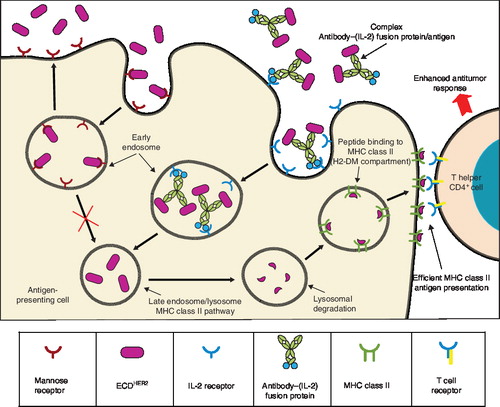In the review “Antibody–cytokine fusion proteins: applications in cancer therapy”, published in the May 2008 issue of Expert Opinion on Biological Therapy (Expert Opin. Biol. Ther. (2008) 8(5):609-32), should have been printed in colour in order to help the audience to properly understand the important concept that this figure describes. Due to a printing error, this figure appeared in black and white; the lack of colour resulted in the loss of critical information and lack of accuracy. The online version was correct. Please see the colour version of below.
Informa Healthcare would like to apologise for this mistake, which was caused by an oversight by the printing company. The authors (Elizabeth Ortiz-Sánchez, Gustavo Helguera, Tracy R Daniels & Manuel L Penichet) had paid the corresponding fee for colour printing.
